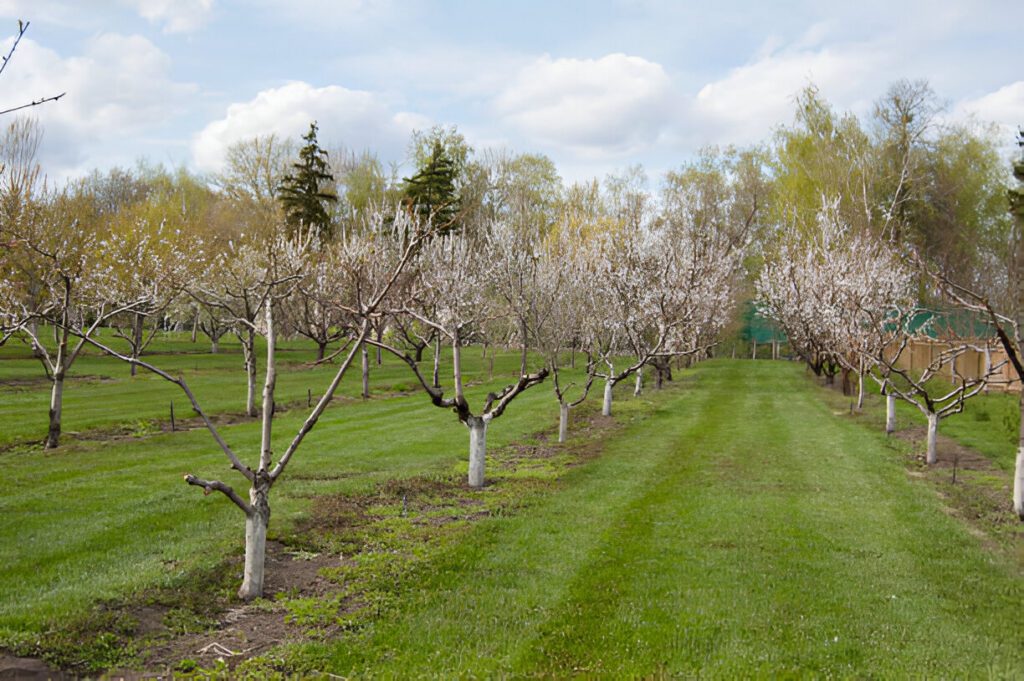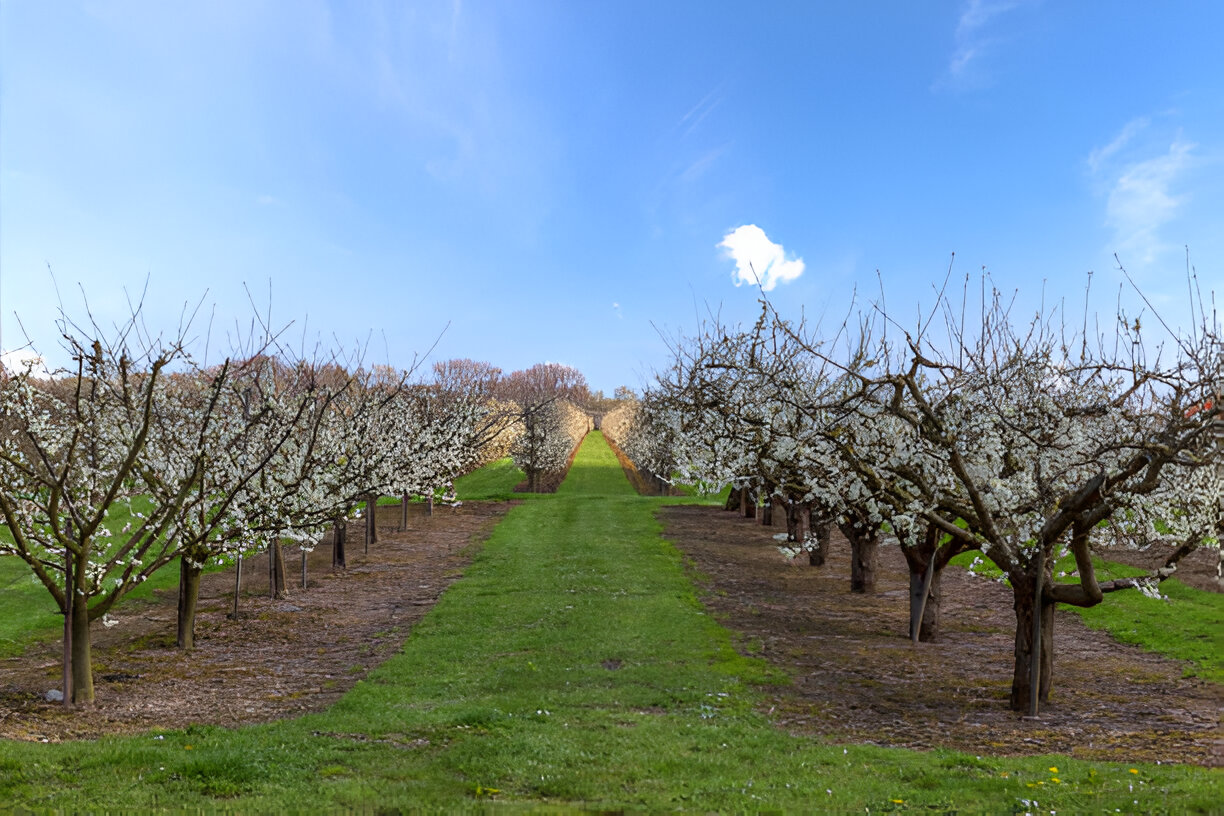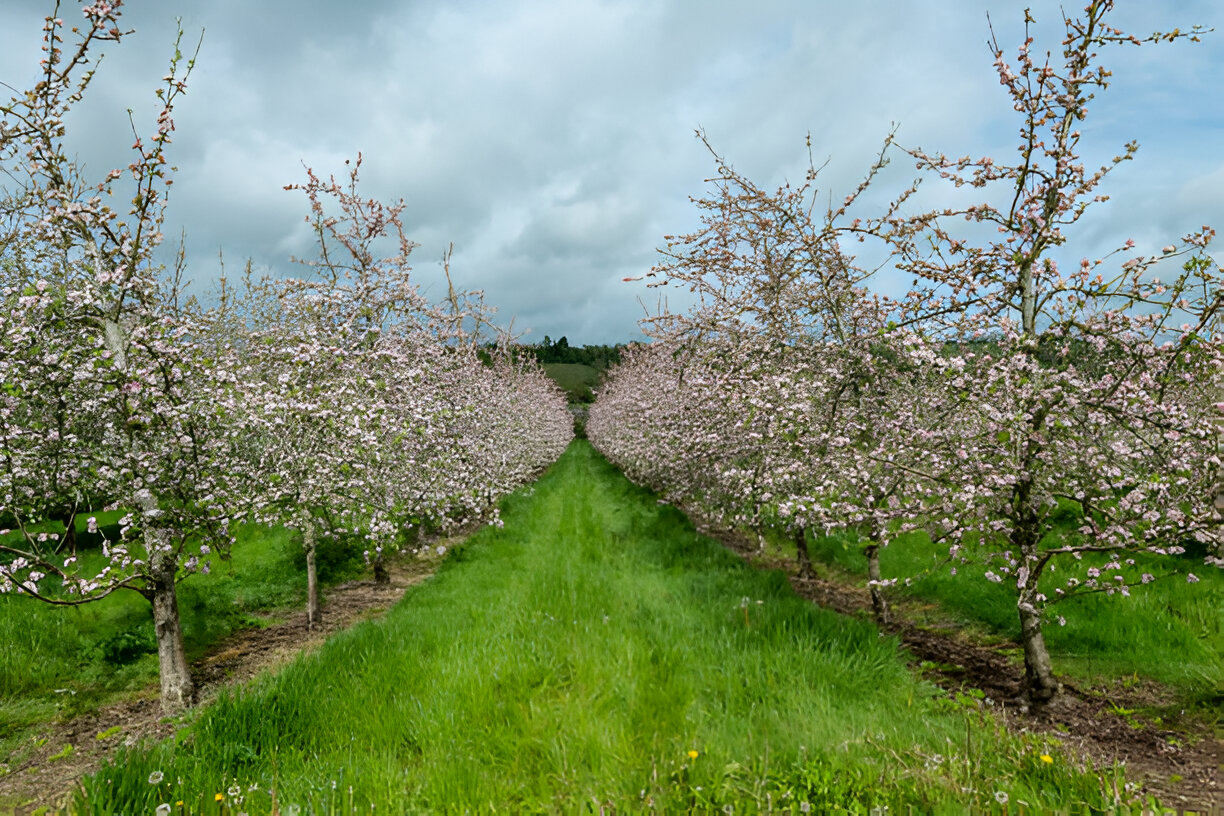
How Often Should You Prune Trees and Shrubs in Washtenaw County?
Pruning is one of the most essential — and most misunderstood — aspects of lawn and landscape care. If you live in Washtenaw County, from the tree-lined streets of Ann Arbor to the rural outskirts, proper tree and shrub pruning can make the difference between a thriving, vibrant landscape and one struggling with disease, pests, or poor growth.
This guide from Blooms Landscaping breaks down how often to prune, the best pruning season in Michigan, the right tools, and whether you should go DIY or hire a pro. By the end, you’ll have a clear plan to keep your plants healthy year-round.
1. Why Pruning Matters for Plant Health
Plant health care isn’t just about watering and fertilizing — pruning is a form of preventative medicine for your landscape.
Benefits of regular pruning include:
- Disease prevention: Removing dead or diseased branches stops fungal spread.
- Better air circulation: Reduces humidity that can attract pests.
- Improved sunlight penetration: Promotes healthier growth and more blooms.
- Shape and aesthetics: Keeps your yard looking neat and intentional.
- Safety: Prevents falling branches near driveways, sidewalks, or roofs.
2. Understanding the Pruning Seasons in Michigan
Michigan’s climate means timing is everything. The pruning season in MI depends on the type of plant and its growth cycle.
Late Winter to Early Spring (February–April)
- Best for: Most deciduous trees and summer-blooming shrubs.
- Why: Plants are dormant, and pruning wounds heal faster in spring growth.
Late Spring to Early Summer (May–June)
- Best for: Spring-blooming shrubs like lilacs, azaleas, and forsythia.
- Why: Prune right after they bloom to avoid cutting off next year’s flowers.
Late Summer to Early Fall (August–September)
- Best for: Light shaping and removing damaged branches.
- Caution: Avoid heavy pruning — it can encourage new growth that may be damaged by frost.
3. How Often Should You Prune in Washtenaw County?
The frequency depends on the plant:
Plant Type | Recommended Pruning Frequency | Notes |
Shade Trees | Every 3–5 years | Remove deadwood and maintain structure. |
Fruit Trees | Annually | Stimulates fruit production. |
Evergreen Shrubs | Once or twice a year | Avoid cutting into old wood. |
Flowering Shrubs | Annually or after bloom | Adjust for bloom time. |
Hedges | 2–3 times a year | Maintain clean lines and density. |
4. Trimming Shrubs in Ann Arbor and Surrounding Areas
When it comes to trimming shrubs in Ann Arbor, homeowners often ask:
“Can I just trim whenever they look messy?”
The answer is… sometimes. Light shaping can be done almost any time, but major pruning should follow seasonal guidelines to protect plant health and encourage proper regrowth.

5. Choosing the Right Pruning Tools
Good pruning tools make the job safer, easier, and cleaner.
Essential tools include:
- Hand pruners: For small stems and precise cuts.
- Loppers: For branches up to 2 inches thick.
- Pruning saw: For larger limbs.
- Hedge shears: For shaping hedges and small shrubs.
- Pole pruners: For high branches without a ladder.
Tip: Keep blades sharp and clean to prevent plant injury and disease transfer.
6. DIY vs Pro Trimming: Which is Right for You?
If you’re deciding between DIY vs pro trimming, consider:
Factor | DIY | Professional |
Cost | Lower upfront | Higher upfront |
Safety | Limited for large trees | Trained & insured |
Expertise | Self-learned | Years of training |
Time | Depends on your schedule | Done efficiently |
Plant Health | Risk of mistakes | Best for long-term health |
If you’re dealing with large shade trees, storm damage, or precision shaping for ornamentals, a professional arborist in Washtenaw County is worth the investment.
7. Common Pruning Mistakes to Avoid
- Over-pruning – Removing too much foliage weakens plants.
- Pruning at the wrong time – Can reduce flowering or stress plants.
- Leaving stubs – Leads to decay and disease entry points.
- Using dull tools – Tears bark instead of making clean cuts.
8. Step-by-Step Seasonal Pruning Guide
Step 1: Identify the Plant and Its Bloom Time
This dictates whether you prune in late winter or after flowering.
Step 2: Remove Dead, Diseased, or Damaged Branches
Always your first priority.
Step 3: Thin Out Crowded Areas
Improves airflow and light penetration.
Step 4: Shape the Plant
Follow the plant’s natural form — avoid forcing unnatural shapes.
Step 5: Clean Tools Between Cuts
Prevents disease spread, especially between infected and healthy plants.
9. Local Climate Considerations in Washtenaw County
The county’s humid continental climate means:
- Winters can cause branch dieback.
- Late frosts may damage new growth.
- Heavy summer rains can cause fungal issues if airflow is poor.
These factors reinforce the importance of seasonal timing.

10. Hiring a Local Pruning Service
Look for a service that:
- Has ISA-certified arborists.
- Understands Michigan-native and ornamental species.
- Offers both plant health care and pruning services.
Regular tree and shrub pruning in Washtenaw County isn’t just about keeping your yard looking neat — it’s a vital part of long-term plant health care. By following the right pruning season in MI, using the correct pruning tools, and knowing when to go DIY vs pro trimming, you can protect your plants from disease, encourage stronger growth, and enjoy vibrant blooms year after year. For expert help with pruning and plant care, contact us today to keep your landscape thriving.
Whether you’re maintaining a row of lilacs in Ann Arbor or shaping a mature maple in the countryside, pruning is both an art and a science. Give your plants the right cuts at the right time, and they’ll reward you with beauty, shade, and healthy growth for decades to come.
Frequently Asked Questions
Yes — late winter is ideal for most deciduous trees, before spring growth begins.
Research the species or ask a local arborist — bloom timing is crucial to avoid cutting off flower buds.
Heavy fall pruning can stimulate new growth that’s vulnerable to frost damage. Stick to light shaping.
Use a pruning saw or loppers designed for branches over 1 inch in diameter.
Clean tools with a bleach or alcohol solution between plants.
